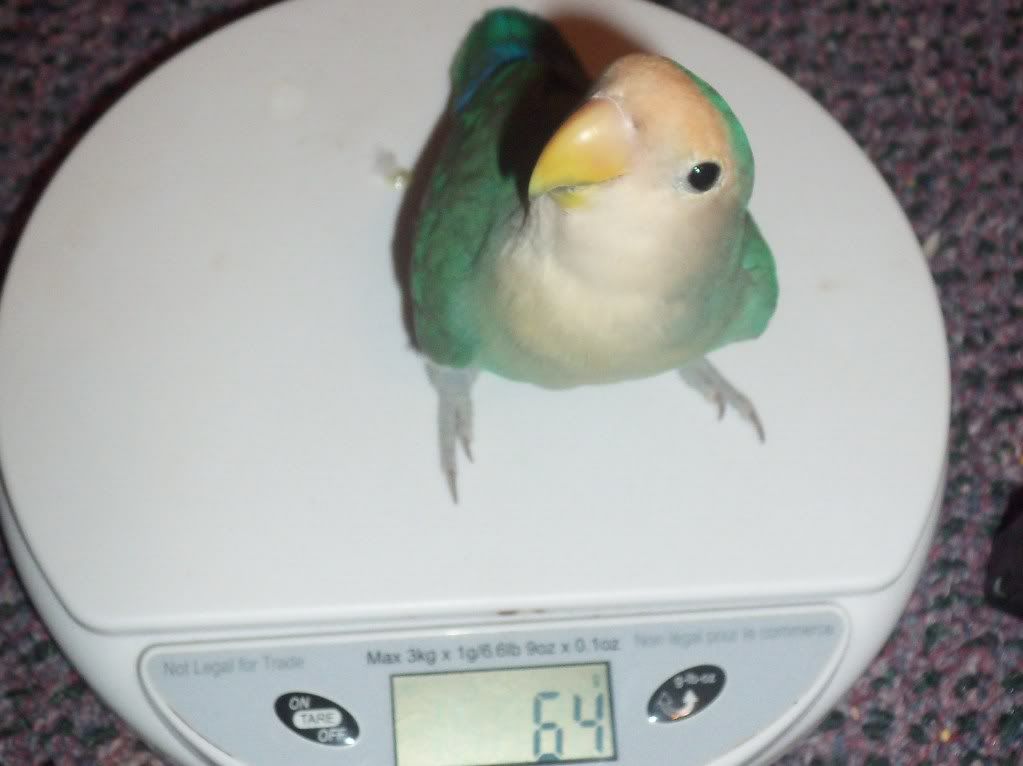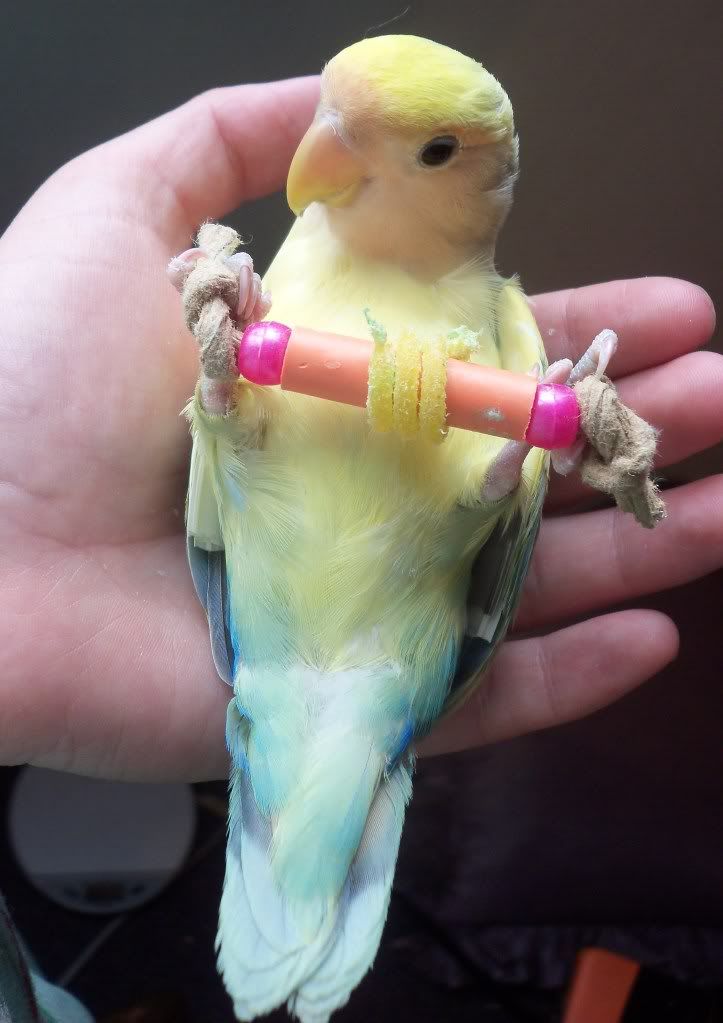makato
Strolling the yard
I've been trying to learn more about all the different lovebirds out there, and I was hoping for some input from the lovie pros. Previously, I had been under the impression that masked, fischers, and so on were mutations, but they are not mutations, they are different subspecies, correct? What are the differences? Is there a size difference between these other subspecies and the more commonly known peachface and all of its mutations? And I am assuming they cannot interbreed? Or can they? Any help in piecing together the puzzle would be great!








